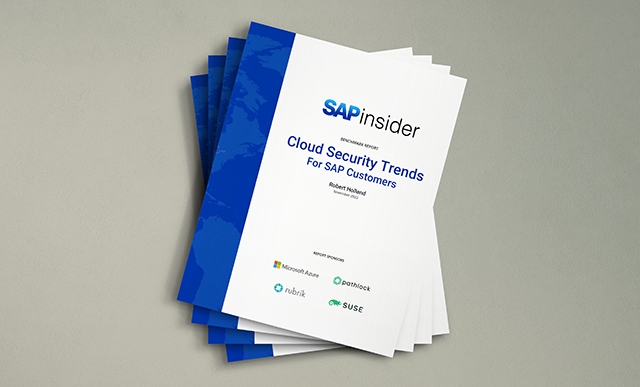Six Keys to Achieving the “Flawless Launch”
ManagementIn the manufacturing world, a flawless launch is one in which a new product is brought through the 90-day start of production phase with no defects or delays. It is an elusive ideal, since manufacturers must — among other things — keep development costs on target, secure production part approvals, deliver samples on time, ensure...





